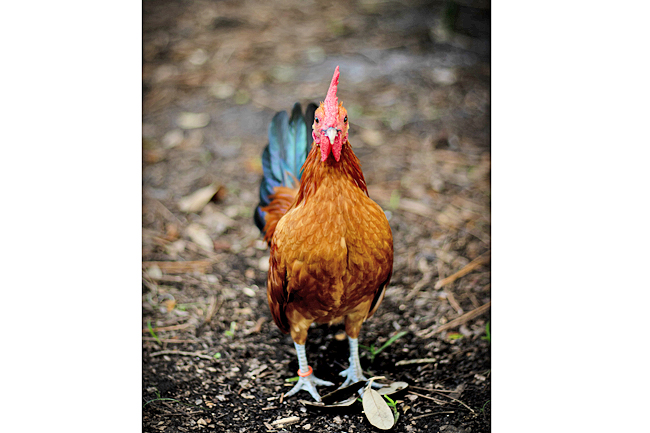AFP – For many, the idea of understanding animals’ language has been a dream, but artificial intelligence (AI) may soon make it a reality. Researchers at the University of Tokyo have reportedly created a system capable of interpreting the emotional cues in chicken vocalisations.
The traditional wake-up call of a crowing rooster may gain new significance thanks to the research conducted by scientists at the University of Tokyo. They assert that they’ve devised a system to decode chicken language, focusing on identifying emotions like hunger, fear, anger, contentment, excitement, and distress.
This achievement relies heavily on an AI model, promising potential long-term advancements in areas such as animal welfare, veterinary medicine, poultry farming, and broader interactions within the animal kingdom.
“In this groundbreaking study, we present a novel approach to interspecies communication, focusing on the understanding of chicken vocalisations. Leveraging advanced mathematical models in AI and machine learning (ML), we have developed a system capable of interpreting various emotional states in chickens,” read the opening lines of the paper, published via Research Square.
However, it is specified that this is a “pre-print” paper, ie, the work has not yet been peer-reviewed for inclusion in a scientific journal.
DISTINGUISHING FEAR AND HUNGER
The authors of this research relied on an AI approach called Deep Emotional Analysis Learning (Deal), a technique that enables emotional states to be understood via sounds.
“Deal is rooted in complex mathematical algorithms, enabling the system to learn and adapt to new vocal patterns over time,” explained the researchers. They set about analysing the vocalisations of a sample of 80 chickens, in collaboration with animal psychologists and veterinarians.
After identifying each emotion in connection with specific sounds, the scientists used this data to train their model, then subjected it to new recordings to test its accuracy and reliability.
This research highlights the potential of AI and machine learning techniques in determining the emotional states of chickens, simply via their vocalisations. The scientists claim that their “system demonstrated an impressive accuracy rate of close to 80 per cent, marking a significant advancement in the field of animal communication”.
This approach also reportedly made it possible to distinguish several different emotional states in poultry, including hunger, fear, anger and contentment.
“It’s a great leap for science!” said Professor Adrian David Cheok, who led the research, in a social media post. “And this is just the beginning. We hope to be able to adapt these AI and ML techniques to other animals and lay the groundwork for incredible intelligence in the various animal related industries. If we know what animals are feeling, we can design a much better world for them.”



